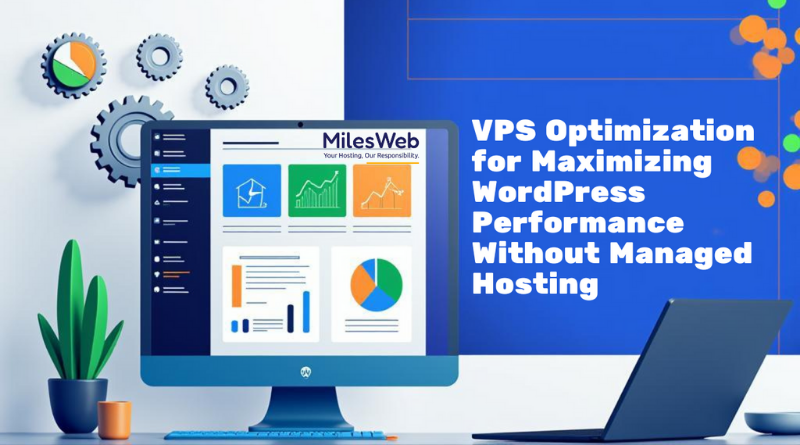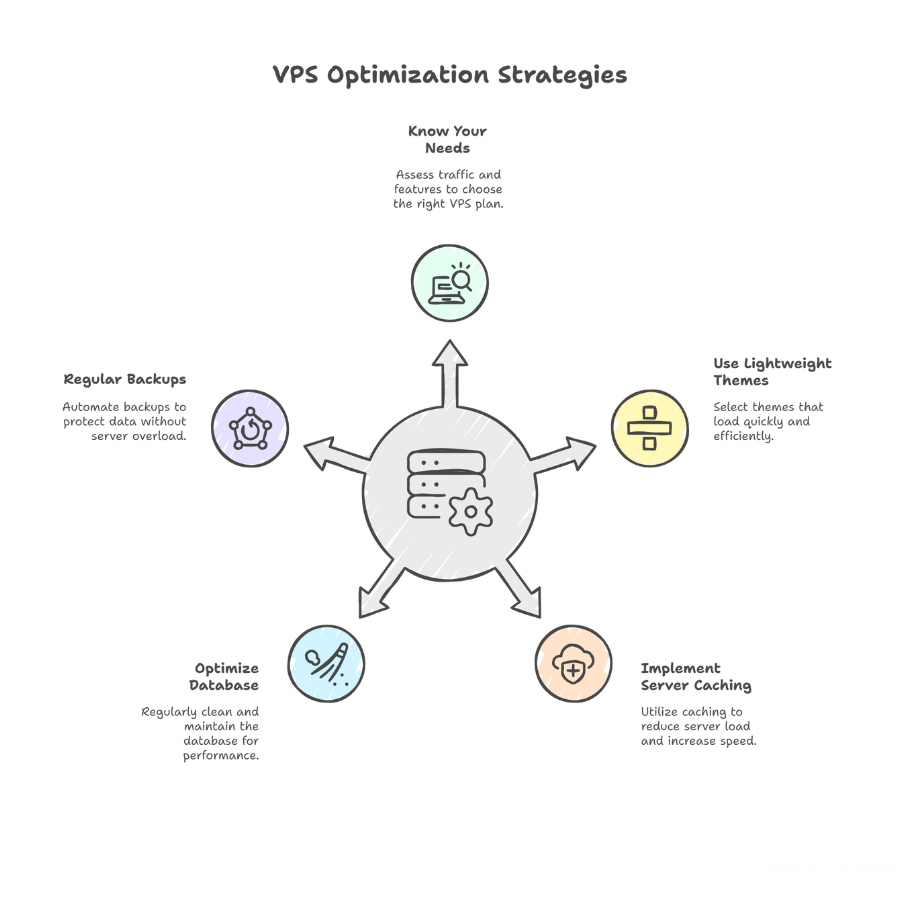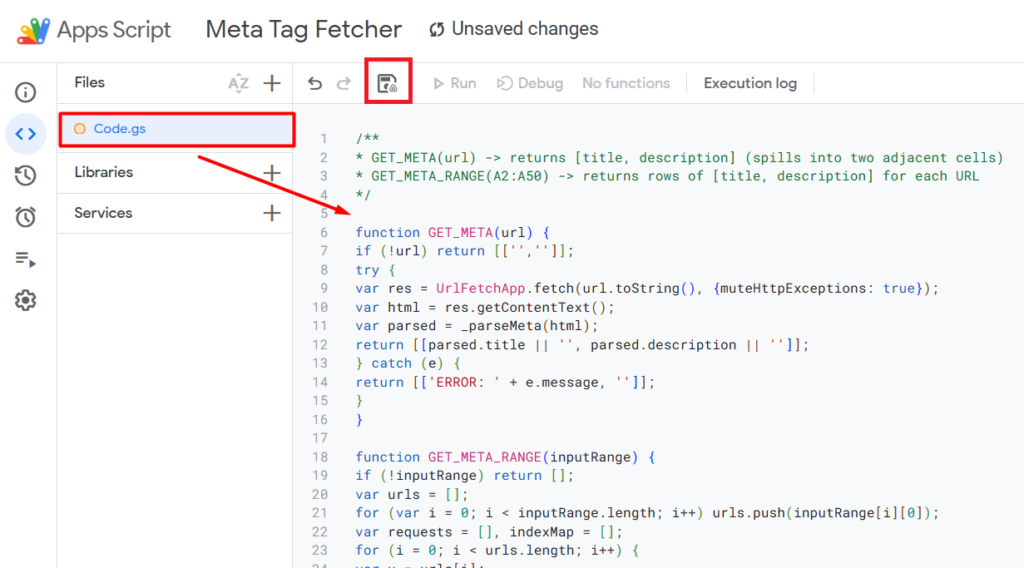If you have ever looked into how to speed up your WordPress website, you may have heard of managed hosting; it offers convenience and optimization at the highest level, but at a cost. Fortunately, you can gain the same kind of performance without having to burden your budget.
With a little effort, you should be able to optimize your VPS performance and achieve results comparable to and sometimes even better than cheap managed VPS hosting solutions.
It’s especially useful for users running a Windows VPS who think there’s nothing they can do to improve WordPress performance on a cheap Windows VPS server. While it is true that the vast majority of WordPress setups run on Linux for performance reasons, managed VPS hosting can also deliver comparable levels of performance when optimized properly.
When you’re paying for low-cost managed VPS hosting or a Windows VPS, why not get the most performance out of it?
1. Know Your Specific Needs
Even a Windows VPS server with a reasonable price point can meet these minimum requirements, depending on your needs. Just remember to be realistic in assessing your actual site traffic, plugins, and themes to consider, and select a VPS plan that suits your current essentials. It’s always better to start with a small plan and upgrade as your site grows, avoiding upfront costs.
In the initial stage, conduct a thorough assessment of your website to know the exact requirements. With the right specifications, you can expect a solid foundation offering performance and acceptable load times. Instead of focusing on low-budget solutions, find your exact requirements so you don’t pay for the unnecessary things that don’t matter for the current stage of your website.
2. Use a Lightweight WordPress Theme
Regardless of how powerful your VPS is, a bloated theme can seriously slow your load times. The key is to choose a fast, lightweight, and quickly loading theme that is the latest, compatible with caching plugins, and doesn’t have any irrelevant animations or features.
Lightweight themes, such as Astra, GeneratePress, or Neve, are an exceptional choice for most WordPress websites.
It applies to both whether you have a Linux VPS or a cheap Windows VPS. Minimizing load time on your frontend will ease the burden on your backend resources and empower your website to process faster.
3. Use Server-Level Caching
Managed hosting typically includes server-side caching as a key aspect of its offering, but you don’t have to give up server-side caching just because you’re running your own VPS. With a little effort, you can achieve server-side caching on your own server, with Nginx FastCGI Cache (for Linux), LiteSpeed Cache (if running OpenLiteSpeed), and popular WP plugins applicable to almost any platform.
If you’re on a low-cost Windows VPS, you can also utilize caching tools that are specifically designed for IIS (Internet Information Services) applications on your Windows server. All of these adjustments reduce server load, increase website speed, and deliver a better user experience for your visitors.
4. Optimize Your Database Regularly
WordPress databases can fill up quickly with old data, including post revisions, spam comments, transients, and plugin tables left over from idle plugins. These old items can cause the database to slow down when querying data, particularly hurting performance if your loading speed is impacted. There are many efficient tools, such as Advanced Database Cleaner and WP-Optimizer, that automate data cleanup.
If you’re using a Windows VPS, you can set up a database maintenance task in the Windows Task Scheduler and run tools like mysqlcheck from a command line prompt. In general, backups, cleanings, and speed checks on your database will make your resources, including your hosting resources, work more efficiently. Your visitors will be happy, too, when their user experience is smoother.
5. Regular Backups (Without Bloating Your Server)
As a VPS user, it’s essential that you take website backups at intervals. They can use up your VPS storage if you are not careful about how you manage them. The best way to set up backups is with a remote option, along with a plugin, so they occur automatically.
Regular backups are mandatory activities in today’s challenging digital world. However, follow proper procedures to make it effective for your website operations. You want to avoid saving multiple backups directly on your VPS, because the last thing you want to do is use valuable disk storage and slow down your server.
Concluding Insights
It doesn’t take a team of experts or a cheap managed VPS hosting plan to optimize your VPS for WordPress. Using developer tools and the right approach, you can create an ultra-fast, safe WordPress site even on a cheap Windows VPS server. So roll up your sleeves, tune up your server, and provide your visitors with a website that is blazing-fast.




